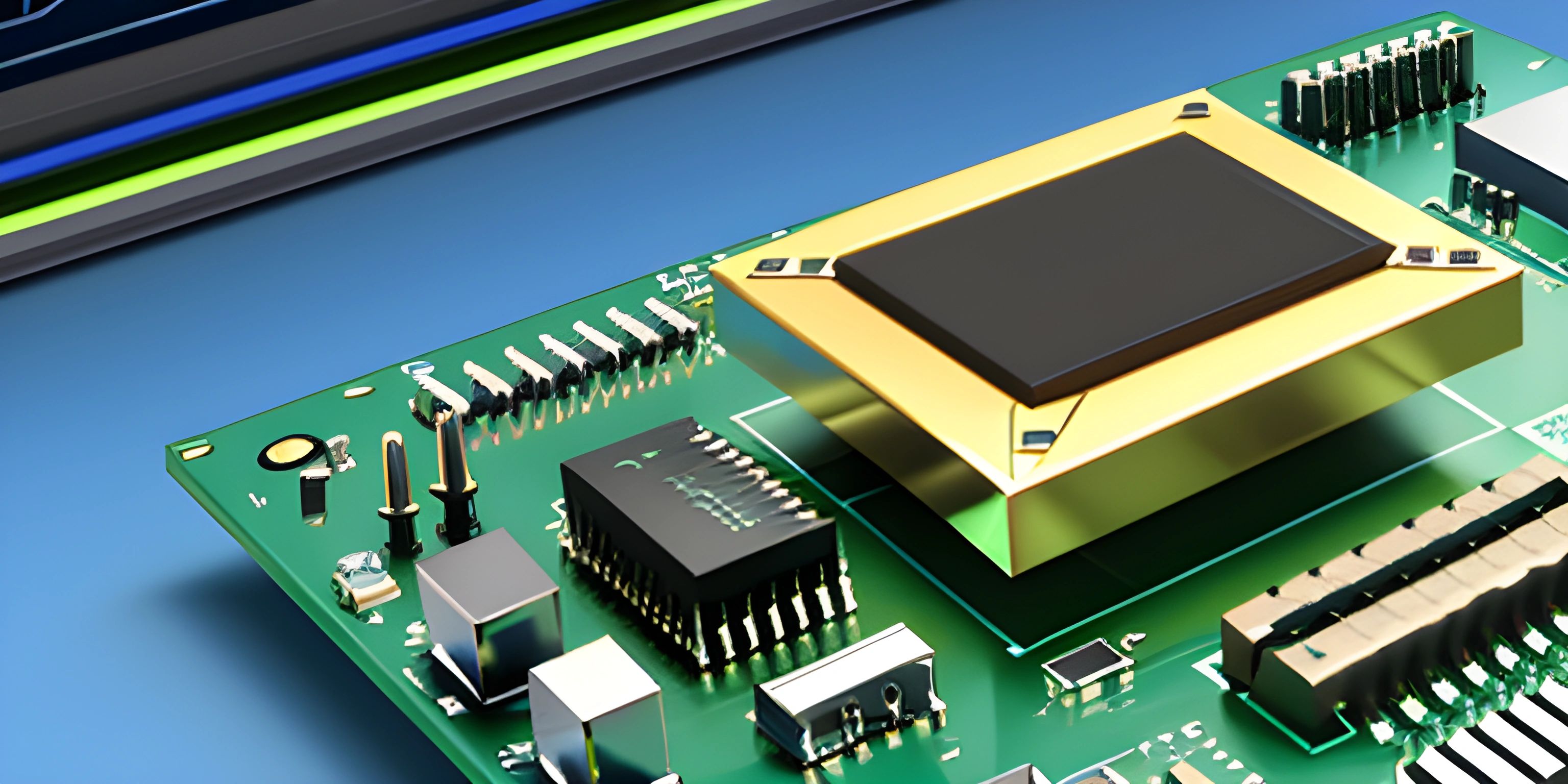Introduction to Embedded Systems

Note: this page has been created with the use of AI. Please take caution, and note that the content of this page does not necessarily reflect the opinion of Cratecode.
Imagine a world where every electronic device you interact with is a little smarter, a little more capable, and a lot more efficient. That's the world of embedded systems! From the microwave that heats your leftovers to the car that takes you on a scenic drive, embedded systems are everywhere.
Embedded systems are specialized computing systems that do one or a few dedicated functions, often within a larger system. Unlike your laptop or smartphone, which can run a multitude of applications, embedded systems are designed to perform specific tasks. This specialization allows them to be incredibly efficient and reliable.
What Exactly Is an Embedded System?
An embedded system is a combination of hardware and software designed to perform a specific function or set of functions. These systems are "embedded" as part of a larger device, often hidden from the user. For example, the control system in your washing machine, the anti-lock braking system (ABS) in your car, and even the heart rate monitor in your fitness tracker are all examples of embedded systems.
To bring it into perspective, imagine your favorite barista who only makes the best espresso shots. Unlike a regular coffee machine that can make various types of coffee, our barista is an expert in one thing—perfect espresso. This specialization makes them incredibly efficient, just like an embedded system in a larger electronic device.
Components of Embedded Systems
Embedded systems typically consist of three main components:
-
Microcontroller or Microprocessor: This is the brain of the system, responsible for executing the software instructions. A microcontroller is a compact integrated circuit designed to govern a specific operation in an embedded system.
-
Memory: Memory in embedded systems is used to store code and data. It can be read-only memory (ROM) for permanent storage and random-access memory (RAM) for temporary storage.
-
Peripherals: These are the input/output devices that allow the embedded system to interact with the external environment. Peripherals can include sensors, actuators, communication modules, and user interfaces.
Here's a simple example in C to illustrate a basic embedded system:
#include <stdio.h>
// Function to simulate reading a temperature sensor
int read_temperature_sensor() {
return 25; // Let's assume the sensor always reads 25 degrees Celsius
}
// Main function
int main() {
// Read the temperature from the sensor
int temperature = read_temperature_sensor();
// Print the temperature to the console
printf("Current Temperature: %d°C\n", temperature);
return 0;
}This code snippet represents a basic temperature monitoring system, where a sensor reads the temperature and the system prints it to the console.
Applications of Embedded Systems
Embedded systems are ubiquitous and can be found in virtually every sector. Here are some key areas where embedded systems shine:
- Consumer Electronics: From smartphones and tablets to home appliances like microwaves and refrigerators, embedded systems make these devices smarter and more efficient.
- Automotive: Cars are packed with embedded systems, including engine control units (ECUs), airbag systems, and infotainment systems. These systems enhance safety, performance, and user experience.
- Healthcare: Medical devices such as pacemakers, insulin pumps, and imaging systems rely on embedded systems for precise operation and patient monitoring.
- Industrial Automation: Embedded systems control robotic arms, conveyor belts, and other machinery to optimize manufacturing processes and enhance productivity.
- Telecommunications: Routers, modems, and switches are all examples of embedded systems that facilitate communication over the internet.
Impact on Technology and Society
The impact of embedded systems on technology and society is profound. These systems enable the functionality of countless devices that we rely on daily, enhancing our quality of life in numerous ways:
- Convenience: Embedded systems make everyday tasks more convenient, from setting a timer on your oven to using a GPS navigation system in your car.
- Efficiency: By performing specific tasks efficiently, embedded systems help save time, energy, and resources. For example, energy-efficient appliances reduce electricity consumption.
- Safety: Embedded systems in medical devices and automotive safety features contribute to saving lives and preventing accidents.
- Connectivity: The Internet of Things (IoT) relies heavily on embedded systems to connect and communicate with various devices, creating a more integrated and connected world.
Consider your smart thermostat that learns your preferences and adjusts the temperature accordingly. This convenience and energy-saving feature is made possible by embedded systems.
Challenges and Future Trends
While embedded systems offer numerous benefits, they also present challenges. Designing an embedded system requires careful consideration of various factors, including:
- Power Consumption: Since many embedded systems operate on batteries, minimizing power consumption is crucial.
- Real-time Operation: Some applications, like automotive safety systems, require real-time operation with minimal latency.
- Security: Embedded systems often handle sensitive data, making security a top priority to prevent breaches and unauthorized access.
Looking to the future, trends such as Artificial Intelligence (AI) and Machine Learning (ML) are expected to significantly influence embedded systems. Integrating AI and ML can make embedded systems even smarter, enabling more advanced functions like predictive maintenance and autonomous decision-making.
Hey there! Want to learn more? Cratecode is an online learning platform that lets you forge your own path. Click here to check out a lesson: Using JavaScript (psst, it's free!).
FAQ
What is an embedded system?
An embedded system is a specialized computing system designed to perform a specific function or set of functions within a larger device. It consists of a microcontroller or microprocessor, memory, and peripherals.
Where are embedded systems used?
Embedded systems are used in various applications, including consumer electronics, automotive, healthcare, industrial automation, and telecommunications. They are found in devices like smartphones, cars, medical equipment, and manufacturing machinery.
How do embedded systems impact daily life?
Embedded systems enhance convenience, efficiency, safety, and connectivity in everyday life. They make devices smarter and more capable, improve energy efficiency, contribute to safety features, and enable communication between devices through the Internet of Things (IoT).
What are the key components of an embedded system?
The key components of an embedded system include a microcontroller or microprocessor (the brain), memory (storage), and peripherals (input/output devices). These components work together to perform the system's dedicated functions.
What challenges do embedded systems face?
Embedded systems face challenges related to power consumption, real-time operation, and security. Designers must carefully consider these factors to ensure the system operates efficiently, reliably, and securely.





